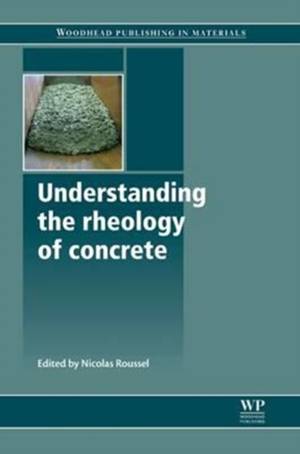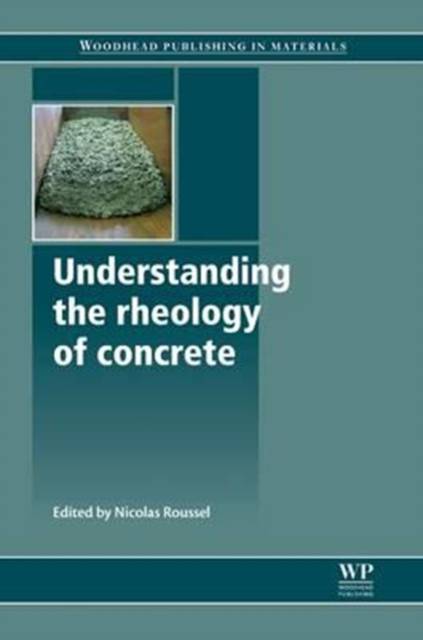
- Retrait gratuit dans votre magasin Club
- 7.000.000 titres dans notre catalogue
- Payer en toute sécurité
- Toujours un magasin près de chez vous
- Retrait gratuit dans votre magasin Club
- 7.000.0000 titres dans notre catalogue
- Payer en toute sécurité
- Toujours un magasin près de chez vous
Understanding the Rheology of Concrete
407,45 €
+ 814 points
Description
Estimating, modelling, controlling and monitoring the flow of concrete is a vital part of the construction process, as the properties of concrete before it has set can have a significant impact on performance. This book provides a detailed overview of the rheological behaviour of concrete, including measurement techniques, the impact of mix design, and casting. Part one begins with two introductory chapters dealing with the rheology and rheometry of complex fluids, followed by chapters that examine specific measurement and testing techniques for concrete. The focus of part two is the impact of mix design on the rheological behaviour of concrete, looking at additives including superplasticizers and viscosity agents. Finally, chapters in part three cover topics related to casting, such as thixotropy and formwork pressure. With its distinguished editor and expert team of contributors, Understanding the rheology of concrete is an essential reference for researchers, materials specifiers, architects and designers in any section of the construction industry that makes use of concrete, and will also benefit graduate and undergraduate students of civil engineering, materials and construction.
Spécifications
Parties prenantes
- Editeur:
Contenu
- Nombre de pages :
- 384
- Langue:
- Anglais
- Collection :
Caractéristiques
- EAN:
- 9780081016459
- Date de parution :
- 19-08-16
- Format:
- Livre broché
- Format numérique:
- Trade paperback (VS)
- Dimensions :
- 156 mm x 234 mm
- Poids :
- 530 g

Les avis
Nous publions uniquement les avis qui respectent les conditions requises. Consultez nos conditions pour les avis.





